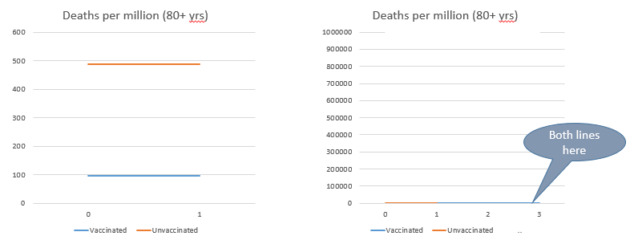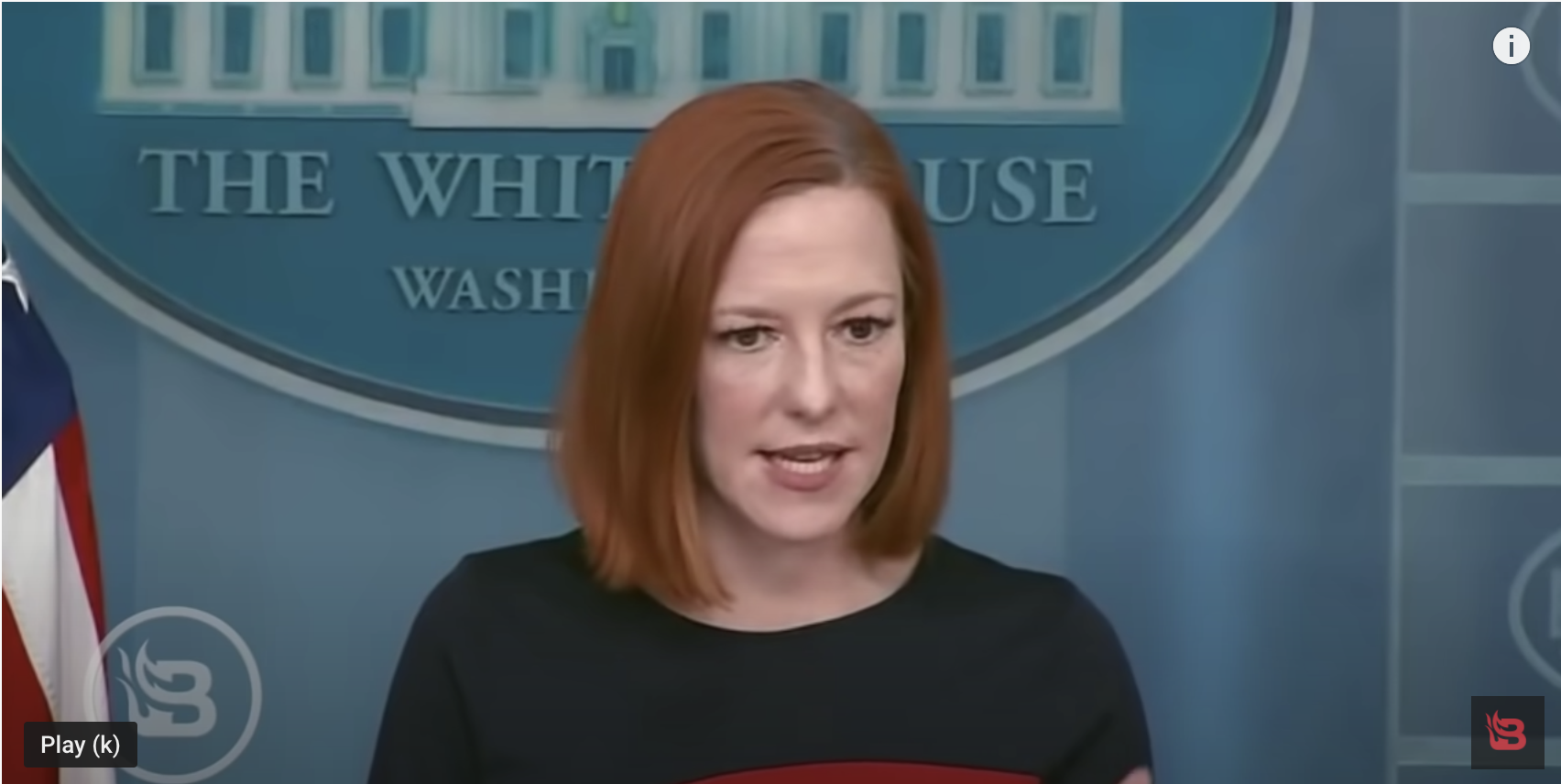It is not surprising that many people live in a state of greatly exaggerated fear from Covid-19 and have as a result supported very restrictive government policies.
Darryl Betts
darryllrbetts.wordpress.com
Darryl is a businessman and a post-graduate student in Philosophy at the University of Auckland, with particular interests in the philosophy of science, philosophy of mind, epistemology, logic, and AI. He holds a BSc in Computer Science and a BA in Philosophy, Logic and Computation.
** For an updated and corrected version of the article go to darryllrbetts.wordpress.com
White House press secretary Jen Psaki recently provided a perfect example of misleading Covid-19 narrative, pushed out by the US government itself.
During a press conference in early February 2022, Jen Psaki was discussing White House concerns about Covid-19 misinformation, during which she made the following claim:
“…look at the facts, right – you are 16 times more likely to be hospitalized if you are unvaccinated, and 68 times more likely to die than someone who is boosted if you are unvaccinated. That’s pretty significant, and we think that is something that unquestionably should be the basis of how people are communicating about it.”
As usual for so many of the claims made by western governments over the past two years, no source for these statistics given are cited.
Also very crucially, no contextual information is provided by Psaki. Specifically, we know that Covid-19 is heavily age stratified, so age matters a great deal when discussing risk. So much so that we cannot meaningfully talk about risks without specifying an age band.
But this isn’t the worst problem. The worst problem – which ironically makes the White House itself guilty of pushing out highly misleading information, is the failure to mention the absolute risks behind those statistics. In other words, how likely is it that a person will be hospitalized or die from Covid-19, regardless of their vaccination status?
To illustrate how much this matters, here are some Covid-19 death statistics for one particular week in the middle of 2021:

The graph on the left is scaled to make clear the relative risks for vaccinated and unvaccinated people. This shows a roughly 5 X disadvantage for unvaccinated people. However, I am not going to argue whether the more accurate figure is 5 or the 17 that Jen Psaki claimed. Since she did not provide a source or any contextual details it is impossible to compare my figures to hers.
The significant point here is that when you look at the graph on the right which is properly scaled from 0 to million, you can see that both lines are effectively on the zero line and are indistinguishable.
Of course, I am not saying that the difference between 100 deaths per million and 500 deaths per million does not matter, but we must put these statistics into perspective – especially when we are thinking about this in terms of personal risk. The graph above is for the age group which is by far most at risk, and the absolute risk of dying from Covid-19 is very low even for that age group – whether you are vaccinated or unvaccinated.
The absolute risk of dying from Covid-19 is very low even for the most at risk age-group – whether you are vaccinated or not.
There is also good reason to believe that even the statistics I show are significantly overstated – the main reasons being that countries such as the UK have lagged significantly in prevention and early treatment strategies, and there is growing evidence that there has been widespread overcounting because hospitals have failed to distinguish between those who died “with covid” and those for whom Covid-19 was the primary cause of death. Therefore the true absolute risk may be significantly lower than these graphs indicate.
So the White House has pushed a narrative that presents the risk for unvaccinated people to be “significant”, but which lacks a crucial perspective – the absolute risk level regardless of vaccinations status (which is actually low). Given the influence of the White House press secretary, this must surely qualify as misinformation. Unfortunately, far too often governments are badly misusing statistics in this way and are not being challenged.
This misleading presentation of the statistics is highly consequential. It is not surprising that many people live in a state of greatly exaggerated fear from Covid-19 and have as a result supported very restrictive government policies.
The statement discussed here begins at approximately 1 minute 15 seconds in.

